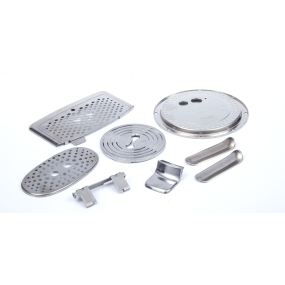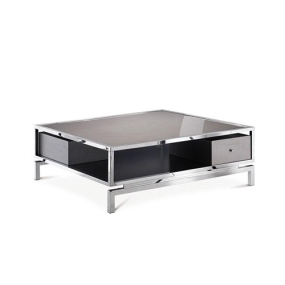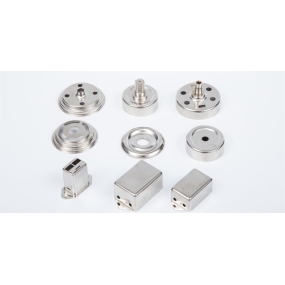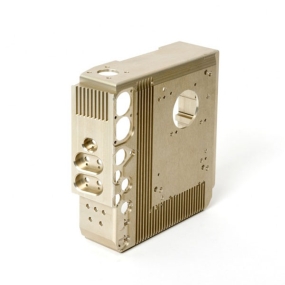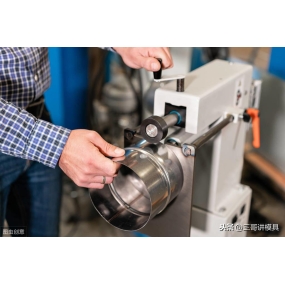Sheet Metal Processing is a commonly used metal forming method, widely used in industrial production. However, due to the characteristics of materials, material deformation often occurs during sheet metal processing. Material deformation not only affects product quality, but also increases processing difficulty and cost. Therefore, how to prevent material deformation has become a key issue that needs to be focused on and addressed in sheet metal processing. The precision sheet metal processing editor will introduce several methods for sheet metal processing manufacturers to prevent material deformation from the aspects of material selection, design optimization, process control, and equipment selection.

1,Choose appropriate materials
Choosing the appropriate material is the key to preventing material deformation. Materiales ferrum, aluminum, steelum sterilis etc. Different materiales habent proprietates mechanicales et thermales diversas, it a antequam fabricationem metallorum lapides, necesse est intellegere integrum proprietatibus materiae et eligere adequatum materiam. Generally speaking, materials with good ductility and difficulty are easier to perform sheet metal processing and have a lower risk of deformation. In addition, the surface quality of the material also needs to be considered, as surface defects may cause deformation of the material during processing. Therefore, when selecting materials, in addition to considering mechanical properties, attention should also be paid to the surface quality of the material.
2 , Optimize design
Before carrying out sheet metal processing, it is necessary to design and optimize the product reasonably. In design process, it is advisable to avoid sharp angles, small inner and outer angles, and thin-walled structures such as groove structures, as these shapes can easily cause material deformation. At the same time, in the design process, material ratios should be reasonably carried out to avoid using components made of different materials in the same product, as the thermal expansion and contraction coefficients between different materials are different, which can easily cause deformation of the materials during processing. In addition, reasonable design should also pay attention to reducing the number and length of welding joints to minimize material deformation caused by welding.
3,Control processing technology
Reasonable process control is the key to preventing material deformation during sheet metal processing. Primo, opus est eligere sapientem proceduram et proceduram. In selection of processing methods, try to choose a few processes, simple equipment, and fast processing methods to reduce processing time and heat affected areas. In terms of process selection, it is necessary to determine the optimal process combination for ZUI based on the material properties and product requirements, and minimize the number of process switches and processing times to reduce the risk of material deformation. Secundo, necesse est bene controlare parametros processionis. Processing parameters include cutting speed, feed rate, tool selection, etc., which directly affect the machining state and deformation degree of the material. When determining processing parameters, scientific and reasonable selection should be made based on the properties of the material and processing requirements, to avoid excessive or insufficient processing and reduce the risk of material deformation. In addition, appropriate preheating and cooling measures need to be taken for different processing techniques to reduce the heat affected area and thermal pressure of the material.
4,Choose suitable processing equipment
Choosing suitable processing equipment is also an important aspect of preventing material deformation. The commonly used equipment for sheet metal processing includes CNC bending machines, punching machines, shearing machines, etc. Instrumentos stabilis processionis qualitatem offerre potest et reddere periculum deformationis materiae; High precision equipment can provide precise machining dimensions, reduce the need for subsequent repairs, and further reduce the risk of material deformation. In addition, the service life and maintenance of the equipment also needs to be considered. During the use of the equipment, timely maintenance and upkeep should be carried out to ensure its normal operation and reduce material deformation caused by equipment failure.
In breve, deformatio materiae in fabricatione metallorum est problem a quam attention et resolucio necesse est. By selecting materials reasonably, optimizing designs, controlling processing techniques, and choosing suitable processing equipment, it is possible to effectively prevent material deformation and improve the quality and efficiency of sheet metal processing.


 English
English Spanish
Spanish Arabic
Arabic French
French Portuguese
Portuguese Belarusian
Belarusian Japanese
Japanese Russian
Russian Malay
Malay Icelandic
Icelandic Bulgarian
Bulgarian Azerbaijani
Azerbaijani Estonian
Estonian Irish
Irish Polish
Polish Persian
Persian Boolean
Boolean Danish
Danish German
German Filipino
Filipino Finnish
Finnish Korean
Korean Dutch
Dutch Galician
Galician Catalan
Catalan Czech
Czech Croatian
Croatian Latvian
Latvian Romanian
Romanian Maltese
Maltese Macedonian
Macedonian Norwegian
Norwegian Swedish
Swedish Serbian
Serbian Slovak
Slovak Slovenian
Slovenian Swahili
Swahili Thai
Thai Turkish
Turkish Welsh
Welsh Urdu
Urdu Ukrainian
Ukrainian Greek
Greek Hungarian
Hungarian Italian
Italian Yiddish
Yiddish Indonesian
Indonesian Vietnamese
Vietnamese Haitian Creole
Haitian Creole Spanish Basque
Spanish Basque


